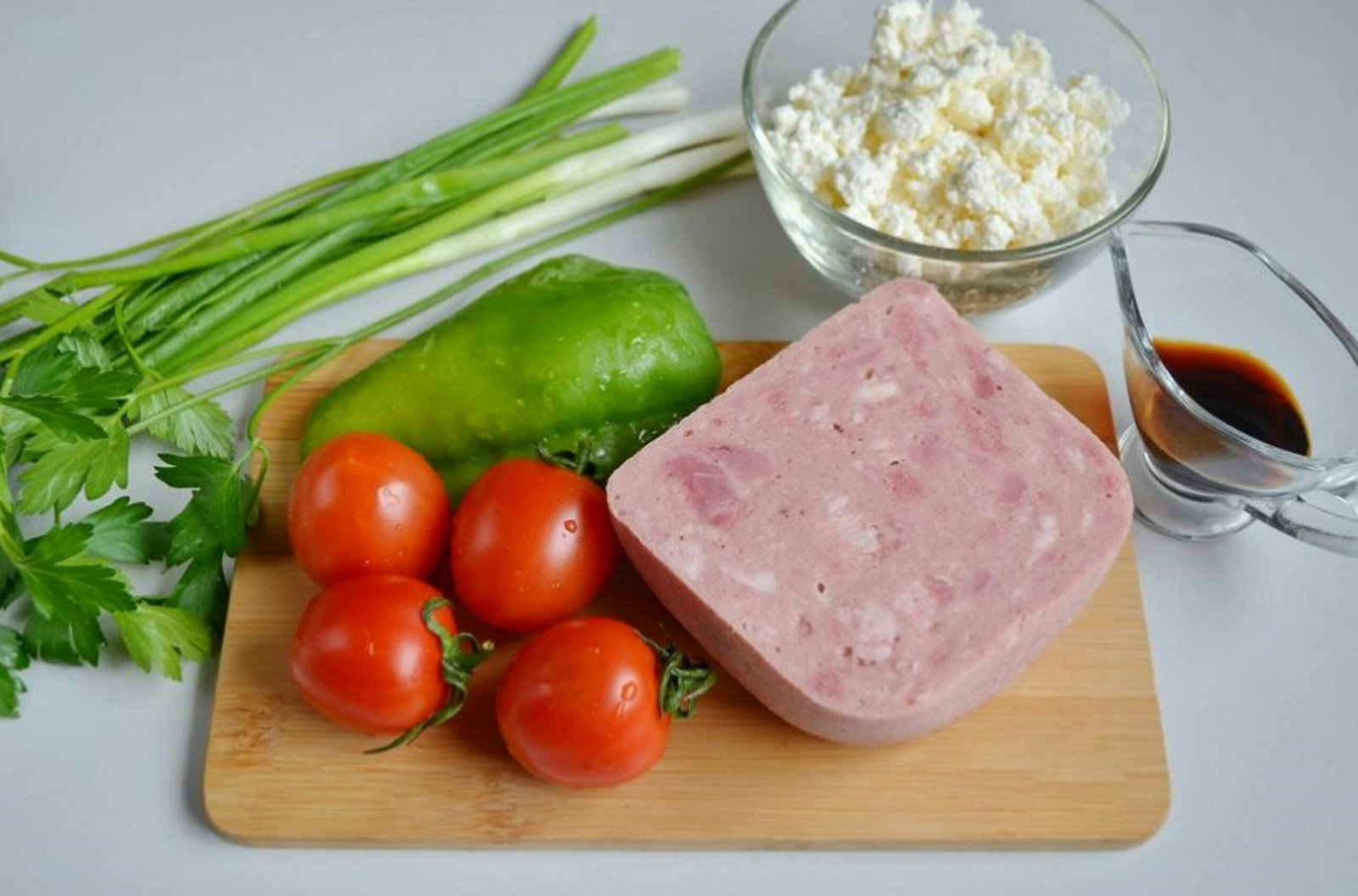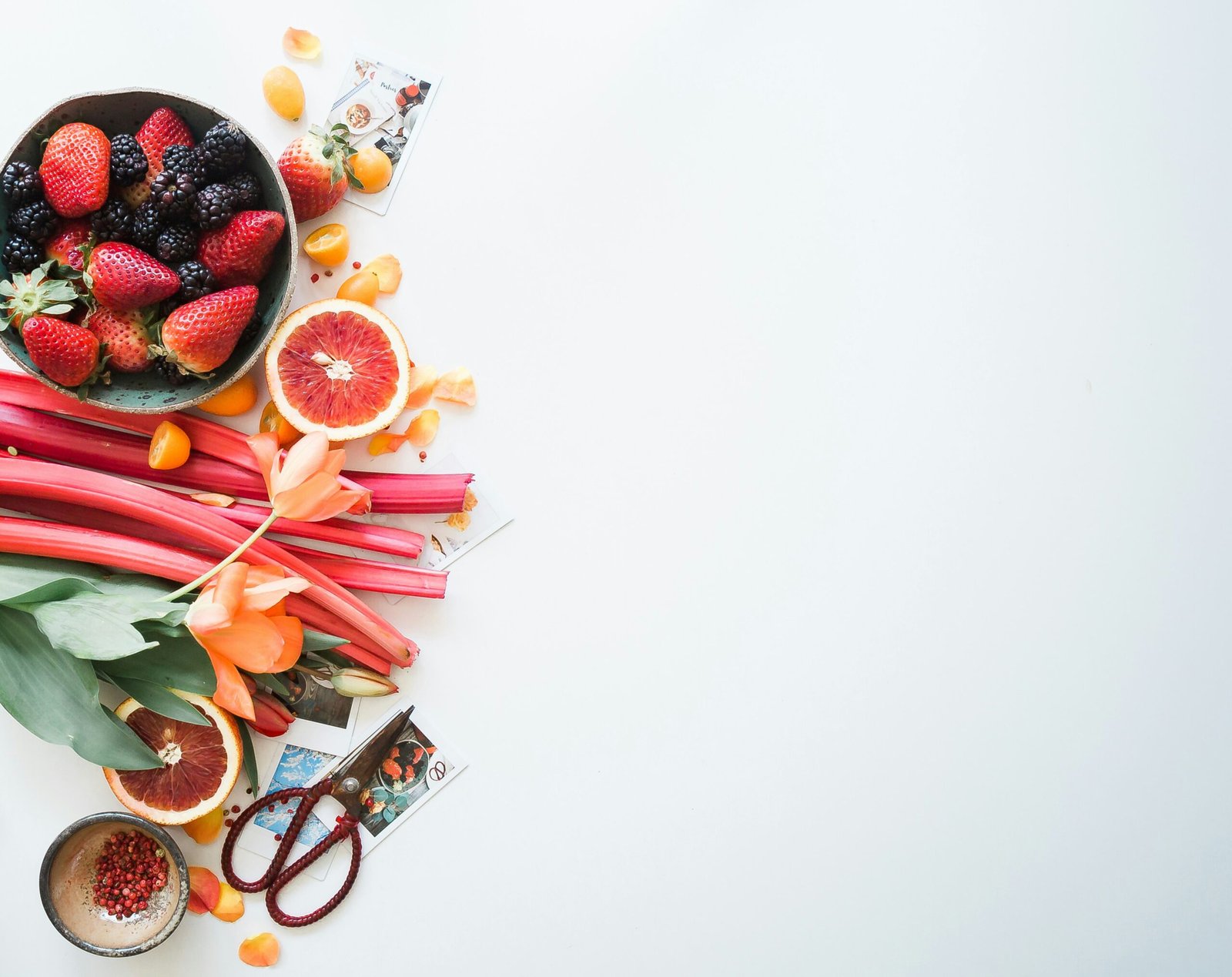Understanding the Benefits of Superfoods
Superfoods have garnered significant attention in recent years for their exceptional nutritional profiles and numerous health benefits. These nutrient-dense foods are loaded with vitamins, minerals, antioxidants, and other essential nutrients, making them highly beneficial for overall health and well-being.
One of the primary reasons superfoods are considered ‘super’ is their high concentration of antioxidants. Antioxidants are compounds that help neutralize harmful free radicals in the body, thereby reducing oxidative stress and lowering the risk of chronic diseases such as heart disease, cancer, and diabetes. For instance, blueberries are rich in anthocyanins, a type of antioxidant that has been shown to improve cognitive function and protect against age-related cognitive decline.
Another critical aspect of superfoods is their abundance of vitamins and minerals. For example, kale is packed with vitamins A, C, and K, as well as calcium, potassium, and iron. These nutrients play a vital role in maintaining healthy skin, boosting immune function, and promoting strong bones. Similarly, quinoa is a complete protein source, containing all nine essential amino acids, along with fiber, magnesium, and manganese, which are crucial for metabolic health and energy production.
Moreover, superfoods often contain unique compounds that offer specific health benefits. Chia seeds, for instance, are rich in omega-3 fatty acids, which have anti-inflammatory properties and support cardiovascular health. The high fiber content in chia seeds also aids in digestive health by promoting regular bowel movements and preventing constipation.
Scientific evidence and expert opinions strongly support the health benefits of incorporating superfoods into one’s diet. Research has shown that individuals who consume diets rich in superfoods tend to have lower rates of chronic diseases, better mental clarity, and improved overall health. By understanding the nutritional power of superfoods like blueberries, kale, quinoa, and chia seeds, individuals can make informed dietary choices that contribute to a healthier and more vibrant life.
Practical Ways to Incorporate Superfoods into Your Daily Diet
Integrating superfoods into your daily meals can be a straightforward and enriching experience. Starting with breakfast, consider adding chia seeds to your morning smoothie or oatmeal. These seeds are packed with omega-3 fatty acids and fiber, making them a perfect addition to kickstart your day. Another great option is to sprinkle flaxseeds or hemp seeds on yogurt or mix them into pancake batter for an extra nutritional boost.
For lunch, incorporating superfoods can be as simple as adding a handful of spinach or kale to your salad or sandwich. These leafy greens are rich in vitamins A, C, and K, providing essential nutrients with minimal effort. Additionally, you can prepare a quinoa bowl topped with avocado, black beans, and a squeeze of lime. Quinoa is a protein-rich grain that is easy to cook and versatile for various dishes.
Dinner time is another opportunity to incorporate superfoods. Consider grilling salmon, which is high in omega-3 fatty acids, and serving it with a side of steamed broccoli or sweet potatoes. Both broccoli and sweet potatoes are nutrient-dense, providing vitamins, minerals, and antioxidants that support overall health. Another simple dinner idea is to make a stir-fry with tofu, bell peppers, and broccoli, seasoned with turmeric and ginger for their anti-inflammatory properties.
Snacks are a perfect time to incorporate superfoods as well. Keep a mix of nuts and seeds, such as almonds, walnuts, and pumpkin seeds, on hand for a quick and nutritious snack. Berries, such as blueberries and strawberries, are also excellent choices for snacking or adding to yogurt or cottage cheese.
When preparing superfoods, it is crucial to retain their nutritional value. For example, store leafy greens in the refrigerator in a damp paper towel to keep them fresh longer, and keep nuts and seeds in airtight containers to prevent them from going rancid. Blanching vegetables before freezing can also help preserve their nutrients.
While superfoods can sometimes be costly or challenging to find, there are affordable and accessible alternatives. For instance, frozen fruits and vegetables are often just as nutritious as fresh ones and can be more economical. Canned beans and legumes are also budget-friendly options that provide excellent nutrition.
By incorporating these practical tips and strategies, you can seamlessly enhance your diet with superfoods, making healthy eating both easy and enjoyable.







